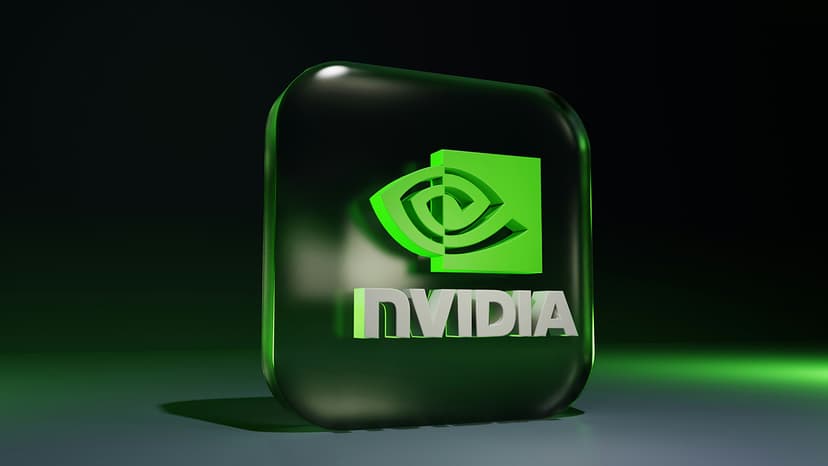What is a CDN Network?
A CDN network plays a crucial role in enhancing your online experience. It optimizes how content reaches your device, ensuring faster loading times and more reliable access.
The Basics of a CDN
A CDN, or Content Delivery Network, serves as a network of servers designed to deliver content efficiently. When you access websites, videos, or downloads, CDNs optimize the route to provide faster and more reliable delivery.
How Does a CDN Work?
Consider your favorite pizza place. If it is far away, your pizza may take longer to arrive. But with multiple locations, the pizza can reach you quickly from a nearby branch.
In the internet world, CDNs operate similarly. They consist of multiple servers located globally. When you request content from a website that uses a CDN, your request is directed to the nearest server, known as an edge server. This edge server delivers the content more quickly than a single centralized server could.
The Magic of Caching
Caching is a key feature of CDNs. It stores copies of popular or frequently accessed content across multiple servers. When content is cached, it is delivered from the nearest edge server, significantly reducing wait times.
Benefits of a CDN
CDNs offer many advantages for both website owners and users:
- Speed: Content is delivered from the nearest edge server, leading to faster loading times.
- Reliability: Traffic is distributed across multiple servers, reducing the risk of overload and downtime.
- Scalability: CDNs efficiently manage increasing traffic loads, ensuring consistent performance.
- Security: Many CDNs provide built-in security features, including DDoS protection, to safeguard websites.
Real-World Examples
Numerous companies rely on CDNs for efficient content delivery. For instance, streaming services use CDNs to deliver movies and TV shows, ensuring smooth playback without buffering. E-commerce sites benefit from quick loading times, improving the shopping experience for users.
Setting Up a CDN
How do companies implement a CDN? They partner with CDN providers that specialize in managing server networks. The setup process involves signing up with a provider, configuring the website, and adjusting content delivery settings. This can take minutes to hours depending on the site’s complexity.
The Future of CDNs
As technology advances, CDNs continue to evolve. Emerging innovations like edge computing allow for data processing at the edge servers, reducing latency and improving performance.
A CDN network is a vital part of internet infrastructure, delivering content swiftly and efficiently. When you watch a video, shop online, or read an article, remember that a CDN is likely enhancing your experience.












